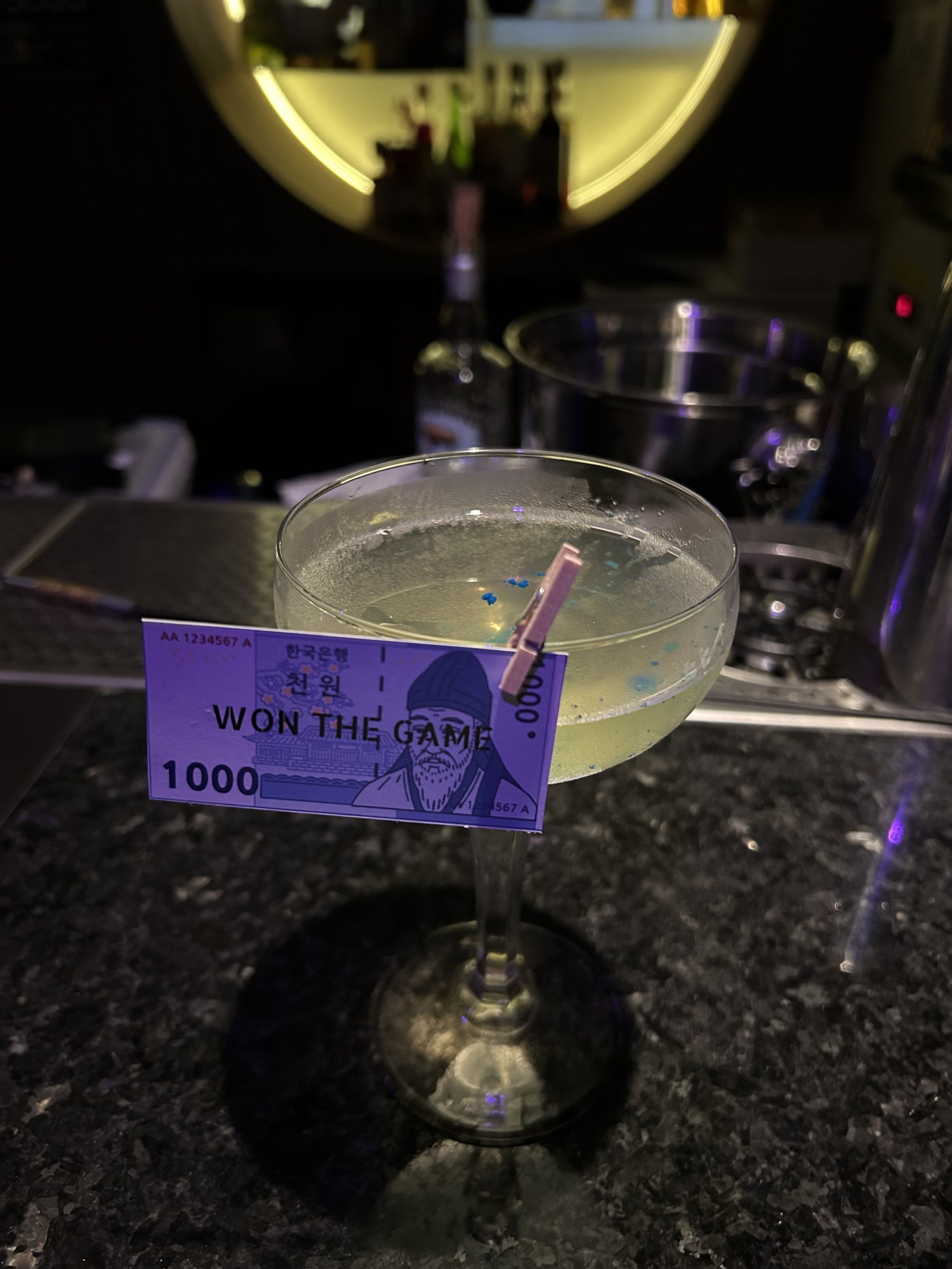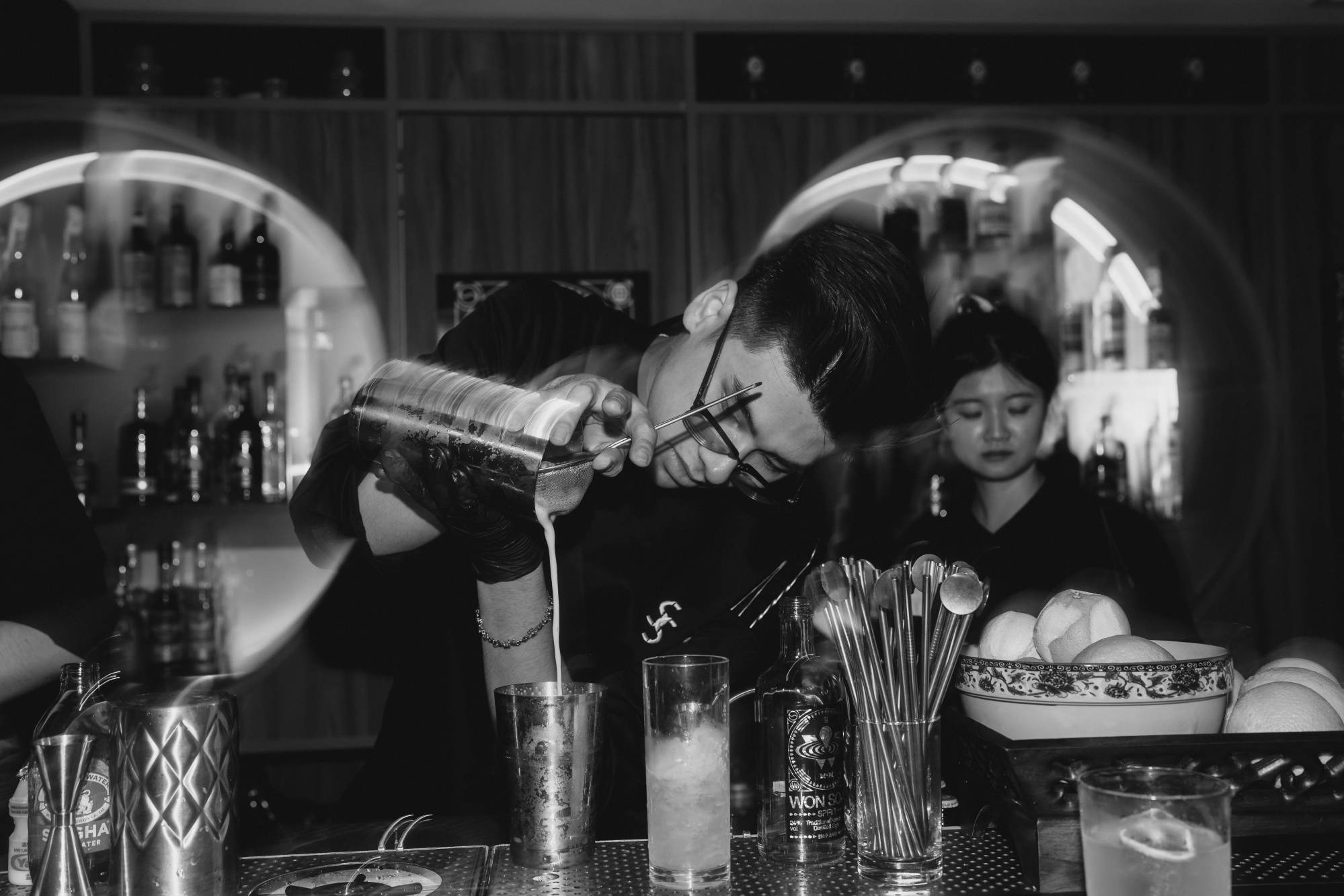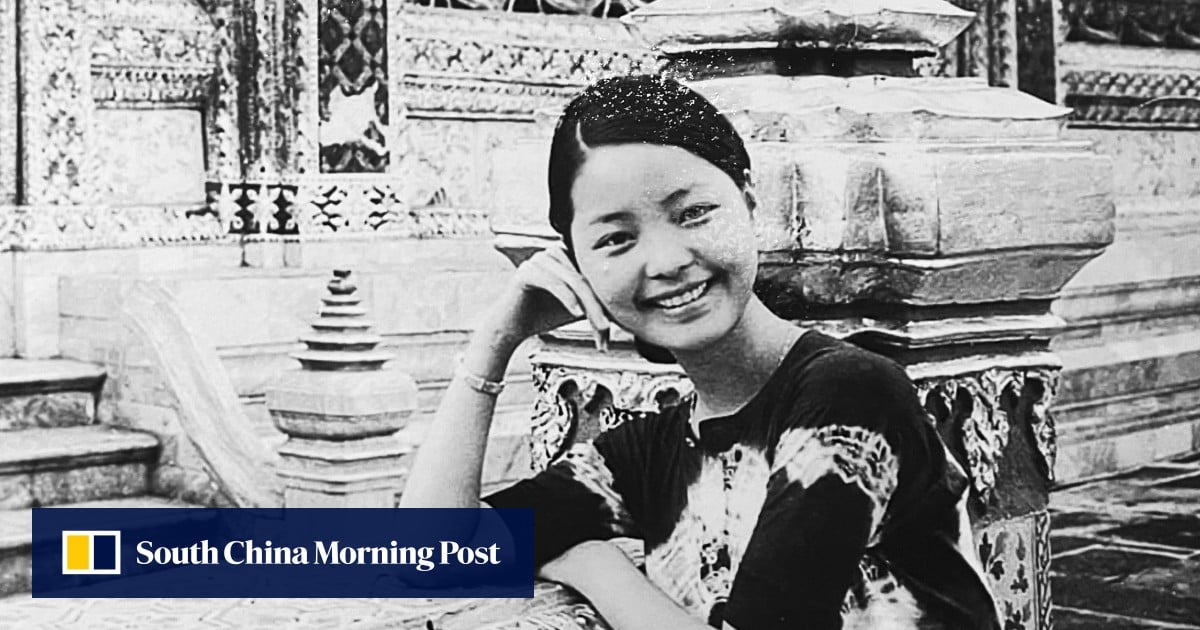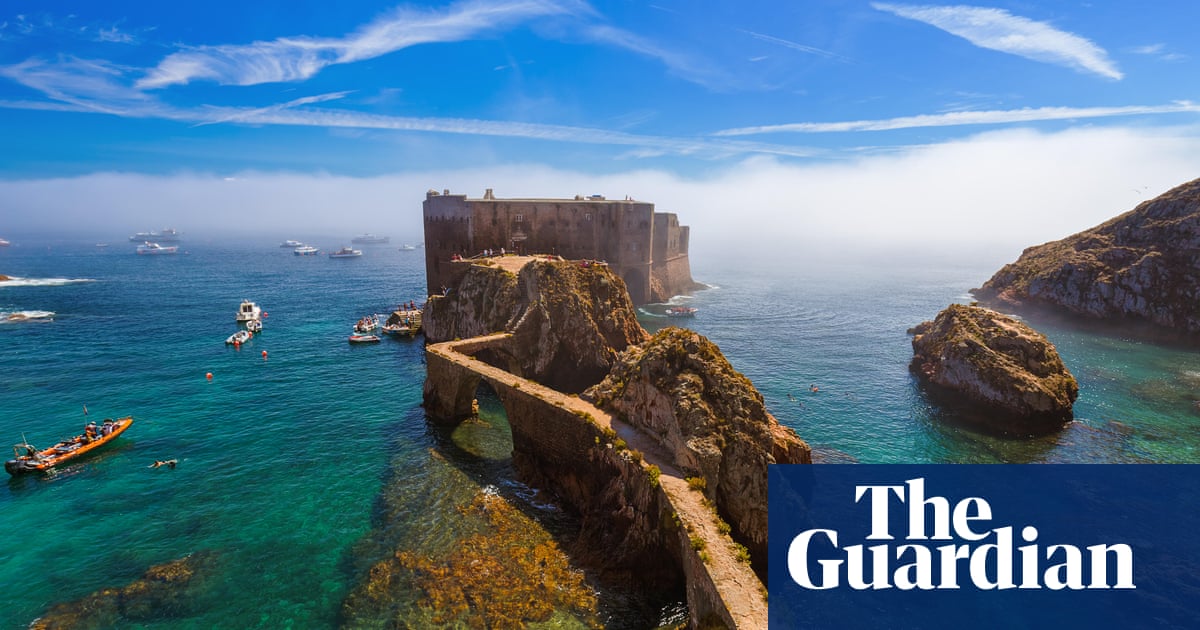“HiteJinro’s soju exports to Hong Kong increased 33 per cent in 2022 from the year earlier,” says HiteJinro spokeswoman Nho Eun-jung. “We hope to raise our brand awareness and inform Hongkongers that there are many other ways to enjoy soju other than the standard way of drinking it in a shot glass.”
In the months since its October opening, more than 20,000 people visited the store, according to HiteJinro, which plans to run the pop-up until early 2025.
“Soju is actually quite popular in Hong Kong,” says store manager Douglas Wang. “The busiest hours for the pop-up are after 6pm, when nearby office workers – many in their 20s and 30s – come here for drinks after work.
Soju: the secret to drinking South Korea’s favourite tipple
Soju: the secret to drinking South Korea’s favourite tipple
“I heard that original soju is popular in Korea, but Hongkongers like fruit-flavoured soju, especially the green grape flavour. They also like soju cocktails because of their smooth, refreshing taste.”
Nowadays, soju comes in a variety of fruit flavours, including strawberry, plum, grapefruit and peach, though these are relatively new innovations.
Traditional soju is clear, with a smooth texture and clean taste, and is the most widely consumed alcoholic drink in South Korea.

According to 2021 data from Korea’s National Tax Service, an average adult living in the country consumed 53 bottles of soju a year, or one bottle per week.
It is also the most recognisable Korean alcoholic drink among foreigners, according to a 2023 survey conducted by the Korean Food Promotion Institute.
The origins of soju date back to the 13th century, when the Mongols introduced distillation to Korea. Soju was traditionally made by distilling alcohol from fermented rice and other grains.
In the 1960s, when rice was in short supply, the government banned the production of rice-based soju and makgeolli (Korean rice wine) as part of the Grain Management Act of 1965.
Since then, other starches such as sweet potato and tapioca have been used to make soju.

Soju diluted with water became popular because it was relatively cheap; a 360ml (12 fl oz) bottle of diluted soju typically sells for 2,000 won (US$1.50) at a convenience store and 5,000 won to 6,000 won at restaurants.
The alcohol content of soju has decreased over time, perhaps reflecting changing attitudes towards alcohol. In 1924, the first Jinro soju had 35 per cent alcohol by volume (ABV).
Diluted soju’s ABV steadily dropped from 30 per cent in 1965 to 25 per cent in 1973 and below 20 per cent in 2006. Today, the figure is as low as 14.9 per cent.

Although soju is dubbed “the national drink of Korea”, its domestic consumption has continued to decline because of changing cultural trends – much like in Japan, where sake consumption is also falling.
Consumption of soju dropped 12.7 per cent to 825,848 kilolitres (218 million gallons) in 2021 from 945,860 kilolitres in 2017.
By contrast, exports of soju increased 13.2 per cent in 2022 from a year earlier. The value of shipments reached US$93.3 million in 2022, rising sharply from US$82.4 million a year earlier, according to data compiled by the Korea Customs Service.
We now import soju from 12 regional brands … We initially partnered with two soju distilleries but that has grown to eight
Overseas sales of other types of Korean spirits, including fruit-flavoured soju, reached a record high of US$88.9 million in 2022, up 9.9 per cent from the year before.
And Hong Kong is no exception to this trend. A growing interest in Korean culture, increasing imports of soju, more restaurants offering the drink, and mixologists organising tasting sessions have all fuelled the soju trend.
In 2022, wine broker Ted Ko launched Kave, a platform selling traditional Korean spirits online and offline, with the goal of promoting Korean alcoholic drinks to Hong Kong consumers.

“We now import soju from 12 regional brands, including Won Soju [made with 100 per cent domestic rice from Gangwon province], Misang Jeju Citron Soju [made from Korean citrus grown in Jeju Island] and Chusa Apple Soju [made from fresh apples in Yesan county],” says Ko.
“We initially partnered with two soju distilleries but that has grown to eight. The highly aromatic Doraeha Soju and Won Soju are both premium brands that are performing particularly well.”
Pocha, or pub-style, restaurant OBP, in Central, offers soju-based cocktails such as the Hourglass (black tea, pineapple, lemon, Yakult and milk punch with Ryuh soju, Vedrenne passion fruit liqueur and Fernet Hunter) and the Rosario (blended with Hwayo soju, Angostura Bitters, green plum and lemon).
Paik’s Spirit on Netflix is a warmhearted look at Korean drinking culture
Paik’s Spirit on Netflix is a warmhearted look at Korean drinking culture
At Moyo, also in Central, cocktails such as the Jamong (blended with Hwayo soju, grapefruit and syrup) and Soju Sour (Damsoul pine soju, lemon, Angostura Bitters, syrup and egg white) offer unique flavour profiles.
Many Hong Kong-based bartenders say interest in soju has increased over the past four years.
Lydia Kim, a Korean mixologist based in Hong Kong, says soju drinkers tend to be young, aged between 20 and 40 years old.
For Asians, drinking is not one of our daily missions compared with Western countries. We’re mostly drinking for fun, nightlife and happiness
“Based on my observations, fruit-flavoured soju is highly preferred by women. In Central, an average cocktail costs HK$120, but soju is priced at HK$80 to HK$90, which makes it affordable for younger people to share a bottle,” Kim says.
“I believe premium soju brands, with over 20 per cent ABV, have a better chance of drawing local drinkers compared with soju in green bottles, because they can be a great option for mixing delicious cocktails.”
Hong Kong mixologist Anthony Wang, co-founder of drinks consultancy Shake & Stir, is another soju enthusiast. He says soju is affordable, easy to drink and combines well with a wide variety of other drinks.
“As a bartender, I do my own infusions, to make the best of the spirit,” he says. “Soju is like a piece of A4 paper – I can paint whatever I want and create my own cocktail. It’s like magic that elevates the drinks.”

Wang says Won Soju (created by K-pop singer Jay Park) is his favourite soju, because it tastes like clarified makgeolli.
“Won Soju is good for shots,” he says. “It’s good for making drinks, too. It’s suitable for smoothing and caramelising the texture of cocktails.
“For Asians, drinking is not one of our daily missions compared with Western countries. We’re mostly drinking for fun, nightlife and happiness. As more hidden, unexpected brands come to Hong Kong, locals will want to try them.”
Asked about soju pairing with Cantonese food, he recommends pork lung soup and char siu.
“Soju is clean and rice-based,” he says, “so it would be a great match for Cantonese food.”







